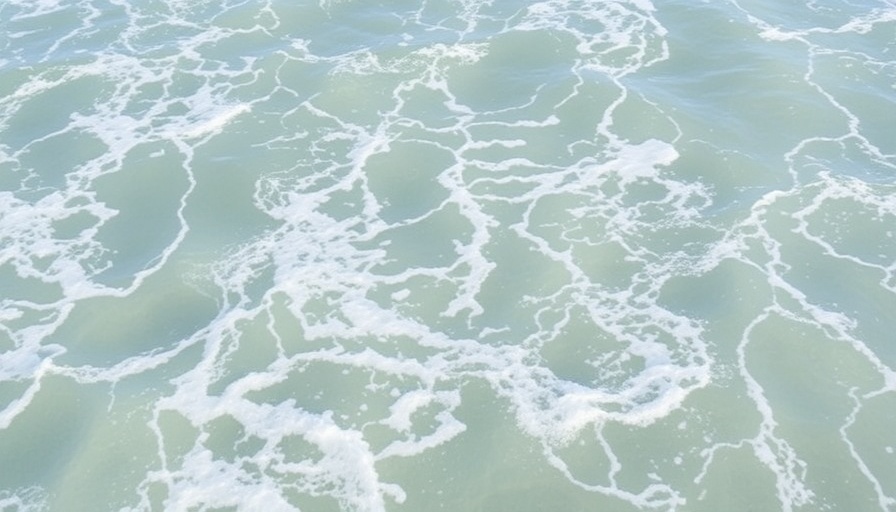
Understanding Water Safety: What Every Surfer Should Know
Surfing is more than just riding waves; it’s about embracing the natural elements while ensuring our health is a top priority. For urban surfers, the question of whether the water is clean and safe often looms large. Reports of surfers falling ill due to polluted waters near urban and industrial areas are unfortunately on the rise. So, how can surfers navigate these waters with confidence?
The Role of the Blue Water Task Force
The Blue Water Task Force (BWTF) is key in this endeavor. Operated by the Surfrider Foundation, the BWTF connects dedicated volunteers who monitor water quality at surf breaks. This initiative is indispensable, especially when local agencies can fall short of ensuring safe aquatic conditions. Surfrider has been championing water health since 1984, significantly contributing to the protection of coastlines around the globe.
Why Enterococci Levels Matter
One of the chief indicators of water safety is the presence of enterococci, a type of bacteria that signals potential contamination from sewage or animal waste. The BWTF routinely tests water samples from nearly 600 sites, detecting elevated levels of enterococci as a warning sign. Though enterococci itself is not harmful, high counts suggest that more dangerous pathogens, like norovirus or Salmonella, could be lurking beneath the waves, posing serious health risks to surfers.
The Hidden Dangers Following Rainstorms
After rainstorms, surfers should be extra vigilant. Runoff often carries pet waste, bird droppings, and untreated sewage directly into surfing zones. Aging septic systems and combined-sewer overflows exacerbate this problem, resulting in unsafe water conditions. For vulnerable groups, such as children or individuals with compromised immune systems, these unseen hazards can lead to significant health issues, including gastrointestinal illnesses and skin infections. Awareness of these risks is crucial for any surfer hitting the beach.
Decoding the BWTF Traffic Light System
To simplify water safety discernment, Surfrider has developed a user-friendly Traffic Light map. This system employs a simple color coding that helps surfers gauge the quality of the water: - Green: Enterococci levels are low, indicating a safe environment for swimming and surfing. - Yellow: Counts are approaching the EPA's safety threshold, suggesting caution may be warranted. - Red: High concentrations indicate a significant health risk, and surfers should avoid the water.
What You Can Do to Stay Safe
Ultimately, staying informed is vital for every surfer. Whether it means checking the local BWTF monitoring reports or observing environmental conditions before hitting the waves, small actions can significantly bolster your safety. Additionally, Surfrider welcomes community involvement for those interested in volunteering to monitor beach water quality. This not only helps ensure safer conditions but fosters a stronger connection to your local surf community.
Conclusion: Ride the Waves Safely
Every wave is an opportunity to connect with nature and enjoy what the ocean has to offer, but it’s essential to stay informed about the water conditions that can impact our health. By leveraging resources like the BWTF and understanding water quality indicators, surfers can ride the waves safely and confidently.
 Add Row
Add Row  Add
Add 




Write A Comment